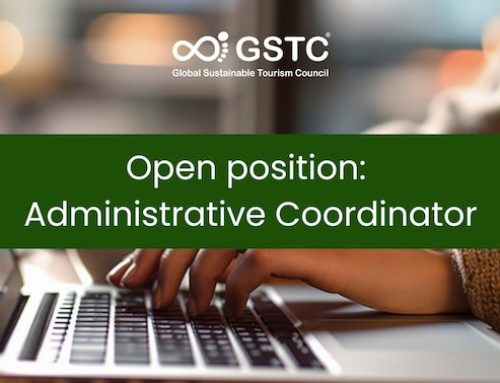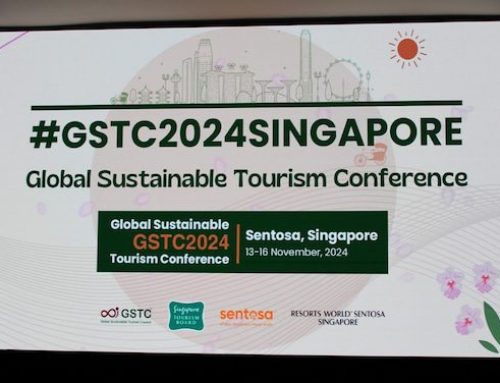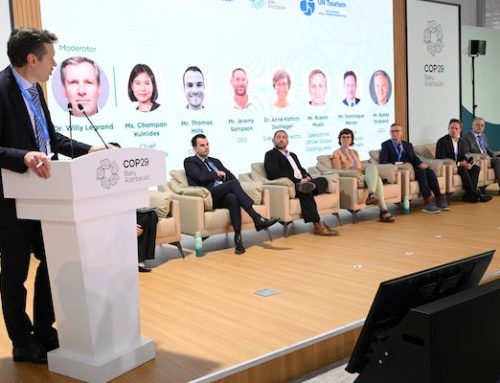The Destination Cusco-Sacred Valley-Machu Picchu Peru,, known locally as the Cusco region and globally for the Historic Sanctuary of Machu Picchu and Cusco World Heritage Sites, has completed the Global Sustainable Tourism Council’s (GSTC) Early Adopters pilot program to test its new Criteria and Indicators for Destinations. The Cusco region is one of Peru’s most visited tourist destinations, and joins the Chilean destination of Lake Llanquihue as the first South American destinations to participate in and complete the GSTC Early Adopters program.
The Early Adopters program is overseen by GSTC’s Destination Working Group and managed by NGO partner Sustainable Travel International (STI). The Destination Criteria complement the existing GSTC Criteria for Hotels and Tour Operators, which is the worldwide sustainability standard for tourism businesses.
Tourism is a key driver of the Cusco region’s economy, as it is the second largest foreign exchange earner. It sits 3,399 meters above sea level in the heart of the Andes and was once the center of the Inca Empire. It is widely considered the archaeological capital of the Americas due to its unique blend of colonial and ancient Inca architecture.
“The Cusco Region’s leadership in sustainable destination management is truly noteworthy,” said GSTC Chair Kelly Bricker. “This iconic South American destination is demonstrating true global leadership in adopting the GSTC’s baseline Criteria and Indicators for Destinations,” she said.
« The outcomes of the GSTC Early Adopter Program will help us to prioritize the development of a regional destination sustainability action agenda for Cusco, Sacred Valley and Machu Picchu. This is an important first step for our destination, » said Fernando Santoyo Vargas, director of Cusco Destination Management Organization.
Sustainable Travel International conducted an on-site evaluation in the Cusco region over a period of 10 business days. The lead sustainable destination specialist met with key stakeholders involved in tourism, environmental conservation, heritage protection, physical planning, and the provision of utilities. A small working group was established consisting of MINCETUR, Swisscontact Peru and DMO Cusco. In addition, a number of focus group meetings were held with the tourism private sector, environment and utilities experts, and tourism marketing and management staff, which included a comprehensive review of the legislative and policy framework relevant to the GSTC Destination Criteria. A total of 41 leading organizations and local leaders from the tourism sector were consulted.
A comprehensive report was provided by Sustainable Travel International, which included key sustainability areas covered by the GSTC Destination Criteria that the destination can improve upon based on the findings. Stakeholders in the destination participated in the validation of the report and the Criteria and Indicators development process by providing their feedback for improving the GSTC Destination Criteria.




